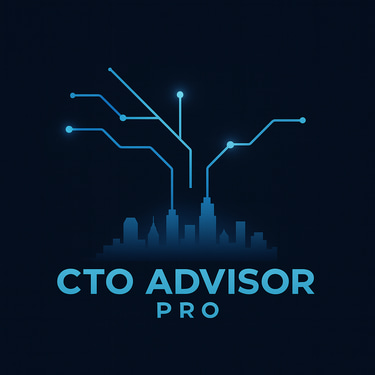How to Run a Technical Due Diligence That Impresses Investors
With venture capital rounds becoming more selective, your technical story must be airtight. Here's how to ace technical due diligence and close faster.
2/12/20251 min read


In the current funding environment, investors are more cautious and discerning than ever. Startups aren't just pitching vision—they're being asked to prove technical readiness, team scalability, and operational efficiency.
At every growth stage—from pre-seed to Series C—technical due diligence has become a gating item. Investors want confidence that your stack won't crumble under scale, that your team can execute, and that your burn rate reflects smart decision-making.
Here's what top-tier investors are looking for:
Modern, maintainable architecture
Low-to-moderate technical debt
Scalable infrastructure
Documented dev workflows and CI/CD pipelines
Engineering KPIs tied to business goals
Thoughtful use of third-party services and AI tools
Unfortunately, many startups get caught off guard. Technical debt is glossed over. Team organization is vague. Security protocols are unclear.
This is where having a fractional CTO can change the game. We step in to:
Audit your codebase and architecture
Coach your engineering leads for investor conversations
Reposition gaps as opportunities with roadmaps
Translate technical complexity into investor-ready language
In a market where the average VC review includes 100+ pitches per quarter, a clean, credible tech narrative stands out. If you're planning a raise, don’t just prep your pitch deck—prep your stack.
Let's chat!

We respect your privacy. Your information will never be shared.
Expert Advice. Guaranteed Results. No fluff.
Fractional CTO Support | CTO Advisor Pro
20+ Years | $1.2B+ in Value Delivered | 250+ Clients
Transform
contact@ctoadvisorpro.com
© 2025. All rights reserved.
Reston, Virginia, USA
